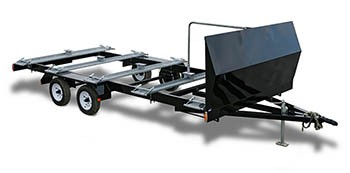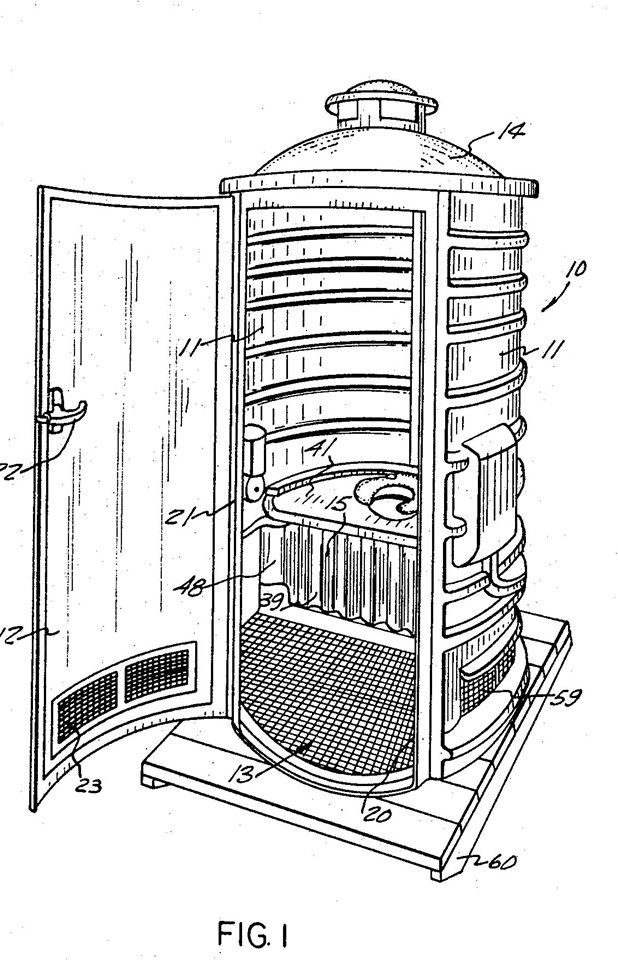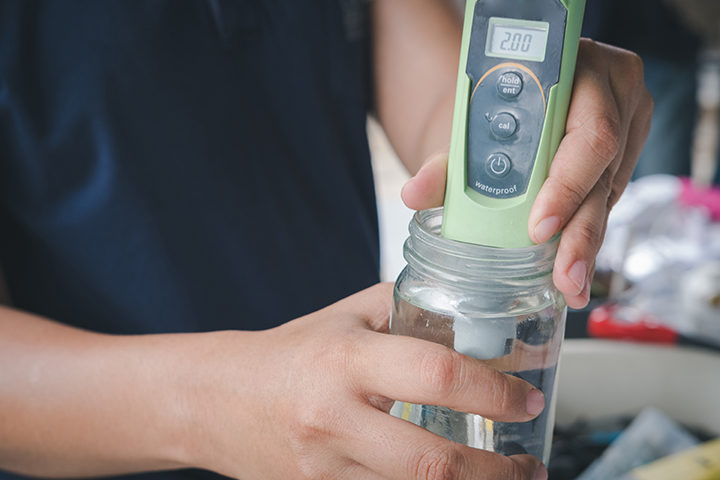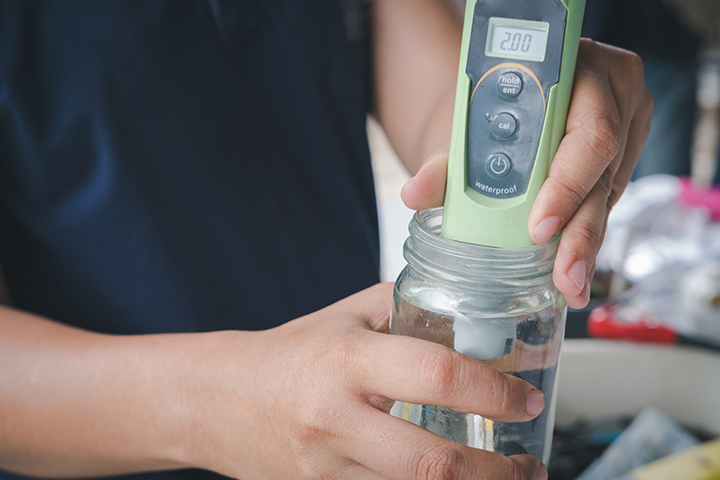
Save Time with Strapless Transportation Solutions
February 4, 2019
History of the Porta-Potty
February 11, 2019Few things are more frustrating than needing to dump your portable restroom tanks before the local waste station closes. However, when you test your pH levels, the reading is not what you expected. With many facilities requiring a neutral pH level when dumping, knowing how to achieve the required range is essential.
Why Does pH Level Matter at the Dump Site?
Whether you’re filling out paperwork or getting an unexpected probe while at the waste facility, providing the correct pH is necessary if you want to unload your sewage. The EPA regulates the water and sewage sector, which is why dump sites are particular about what goes into their system. Based on science, we know that for waste treatment to be effective, proper pH must be maintained. Good bacteria will die at either extreme, causing significant issues at the waste treatment plant. Most places don’t allow anything under a pH of 5, whereas the alkalinity limit ranges from 8 to 11.
What is pH and Why Does It Go Up and Down?
From wastewater to raw sewage, pH measures the acidic or basic (alkaline) nature of a solution. The pH scale ranges from 0 to 14. The lower the number, the more acidic the waste is. The higher the number, the more alkaline it is. A pH of 7 is considered neutral. Experts report that 6.5-7.5 is optimal for the microbes in many waste treatment plants to work. Levels in your portable waste tanks fluctuate due to a variety of factors, such as hard or soft water and contents of the waste.
Get the JohnTalk “ALL-ACCESS PASS” & become a member for FREE!
Benefits Include: Subscription to JohnTalk Digital & Print Newsletters • JohnTalk Vault In-Depth Content • Full Access to the JohnTalk Classifieds & Ask a PRO Forum
How to Raise or Lower the pH Level
Solutions are trial and error based. Learn how to measure and manipulate your pH levels early on. Success in this area depends on a few things.
- The right type of treatment. Don’t use something that raises your pH levels (lime) when you need to lower them.
- The method used to distribute the treatment. Several solutions require a slurry mixture or proper dilution for it to work.
- Accurate measurement. If your probe and meter aren’t correctly calibrated, it’ll skew your calculations.
Raise your pH level using lime. Calcium hydroxide is hydrated lime, and calcium oxide is quicklime. Lime is high in calcium, making it perfect for increasing the pH Level. The method is important here. If you use dry lime, you need to make a slurry before mixing into your waste. Some experts suggest only purchasing chemical lime as opposed to agricultural lime, as it’s more effective (although also more expensive) for raising levels. Be careful here, as lime works reasonably quickly and it’s not uncommon to increase your pH level beyond an acceptable rate.
Lower your pH level with muriatic acid, also known as hydrochloric acid, or you can use sulfuric acid. These chemicals aren’t something to deal with lightly, as they are highly caustic. For best results, purchase USP (United States Pharmaceutical) grade chemicals. Many experts recommend giving this solution several hours to work.
It’s important to research your specific needs before adding anything to your waste. Understanding how these solutions react with your portable restroom chemicals is critical. From explosions to death from fumes, playing around with chemicals is dangerous. Always review your MSDS documentation.
Looking to Take Your Portable Restroom Business to the NEXT LEVEL? Download our FREE Guide: “Your Guide to Operating A Portable Restroom Business.”
Thinking About GETTING INTO the Portable Restroom Industry? Download our FREE Guide: “Your Guide to Starting A Portable Restroom Business.”






